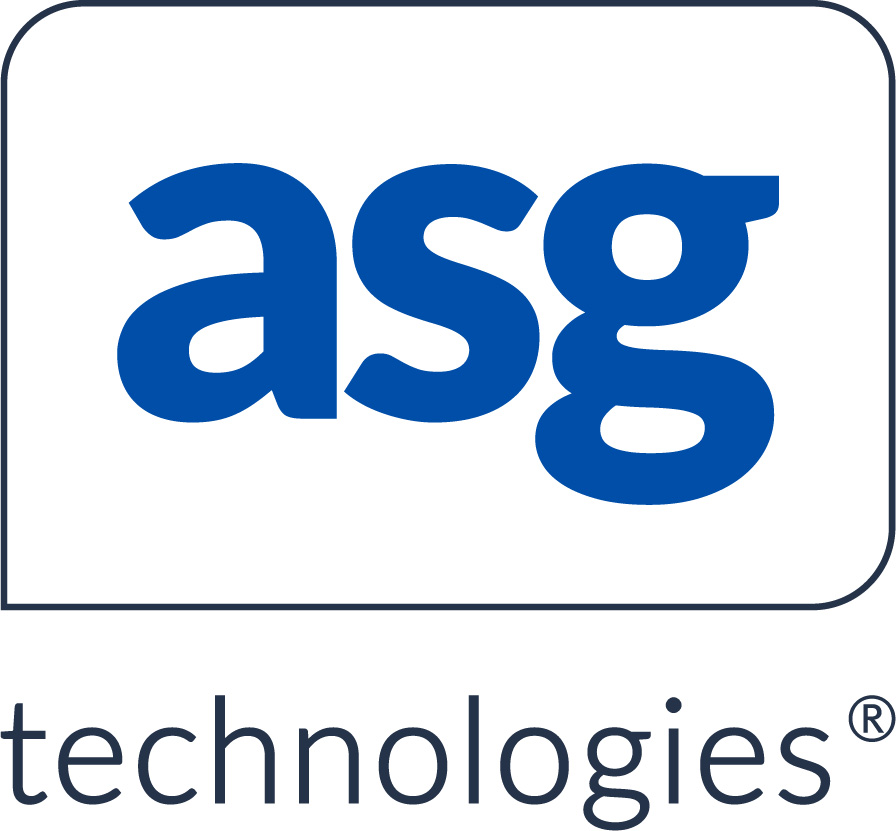Sponsored content from ASG

The mainframe has been the mission-critical backbone of the world’s largest organizations for over half a century. And it continues to be, as statistics from SHARE and new studies from other leading organizations indicate.
Despite this, many organizations have neglected investing in the mainframe for years, resulting in it being a bottleneck to their digital business today. This became even more apparent during the societal and economic challenges of 2020, convincing many enterprise leaders to begin taking a serious look at the mainframe’s impact on digital transformation and organizational resilience.
There has never been a more crucial time to begin investing in the mainframe. Here are four critical areas enterprise and technology leaders should consider up front.
1. Integrate the Mainframe into Your DevOps Strategy
In the digital economy, big no longer automatically beats small; fast beats slow. Organizations are learning they must leverage DevOps to deliver value to their end users and customers with higher quality, velocity, and efficiency than ever before.
Today, much of the digital transformation large enterprises and government agencies are driving ties back to applications and data residing on the mainframe, making it critical to include this platform in your DevOps strategy. This requires improved communication and collaboration, agile development and continuous delivery processes, and modern tools — all of which can help the mainframe operate at the speed of digital business.
2. Enable the Next Generation of Mainframe Pros
In that vein, it’s important to make these changes with the next generation of mainframe professionals in mind. Unlike mainframe experts who are retiring with decades of experience, those new to the mainframe require modern tools that make it easy to understand unfamiliar processes and languages with ease.
For example, managing things like mainframe performance and capacity or JCL require vast knowledge obtained over years of work experience. By enabling less-experienced IT professionals to manage these aspects of mainframe development and operations in modern interfaces, they can quickly become productive and ensure the mainframe is operating with agility, not becoming a bottleneck.
3. Manage Your Mainframe in DevOps Value Streams
While many organizations have a good understanding of how their distributed and cloud systems are delivering value, the mainframe can feel like a black box. Ensuring your organization derives the most value from the mainframe requires elevating it from a self-contained technology platform with siloed process and tools, to a participating member in a sequence of actions that span multiple people and technology stacks — from mainframe to cloud — to deliver value to your business and customers.
In this way, we shift our mindsets to value stream management, versus platform management, and shift our focus from managing technology processes to orchestrating the process of developing and delivering value across people and systems to ensure your organization can effectively meet business end-user and customer needs.
Inevitably, these value streams are becoming more complex as digital transformation accelerates. We can ease the process of managing these flows through DevOps value stream management, which enables infrastructure and operations as well as DevOps teams to design, visualize, automate, and orchestrate both development and operational value streams that span mainframe to cloud.
4. Ensure Mainframe Health throughout Transformation
As organizations drive digital transformation and begin to invest in the mainframe, the platform’s activity and workloads will unavoidably grow. This translates to more complexity, more cost, and more effort required to maintain the reliability, availability, and serviceability of the platform — and from the perspective that the mainframe health impacts the performance of the value streams it helps support.
Taking into account the mainframe’s important role in an organization’s ability to transform and the fact that mainframe experts are retiring with knowledge of how to optimize mainframe performance and capacity, organizations need to consider implementing a solution that makes it easier to execute data-driven decisions around mainframe health. This is possible by establishing and measuring key performance indicators and providing graphical views that show when mainframe health is at risk, and from a perspective that less-experienced professionals understand.
What Will You Invest In?
We’ve reached an inflection point where organizations must make a decision on what to do with the mainframe. Maintaining the status quo of letting the platform subsist in the back corner of a data center is no longer an acceptable strategy and attempting to migrate off the mainframe will often cost an organization more time, money, and risk than it’s worth.
Once again, it seems the best solution for most organizations is to take the route pro-mainframe technologists and business leaders have long advocated for: invest in your mainframe and it will provide your organization with incredible value that helps differentiate your business and meet customer needs in ways competitors cannot.